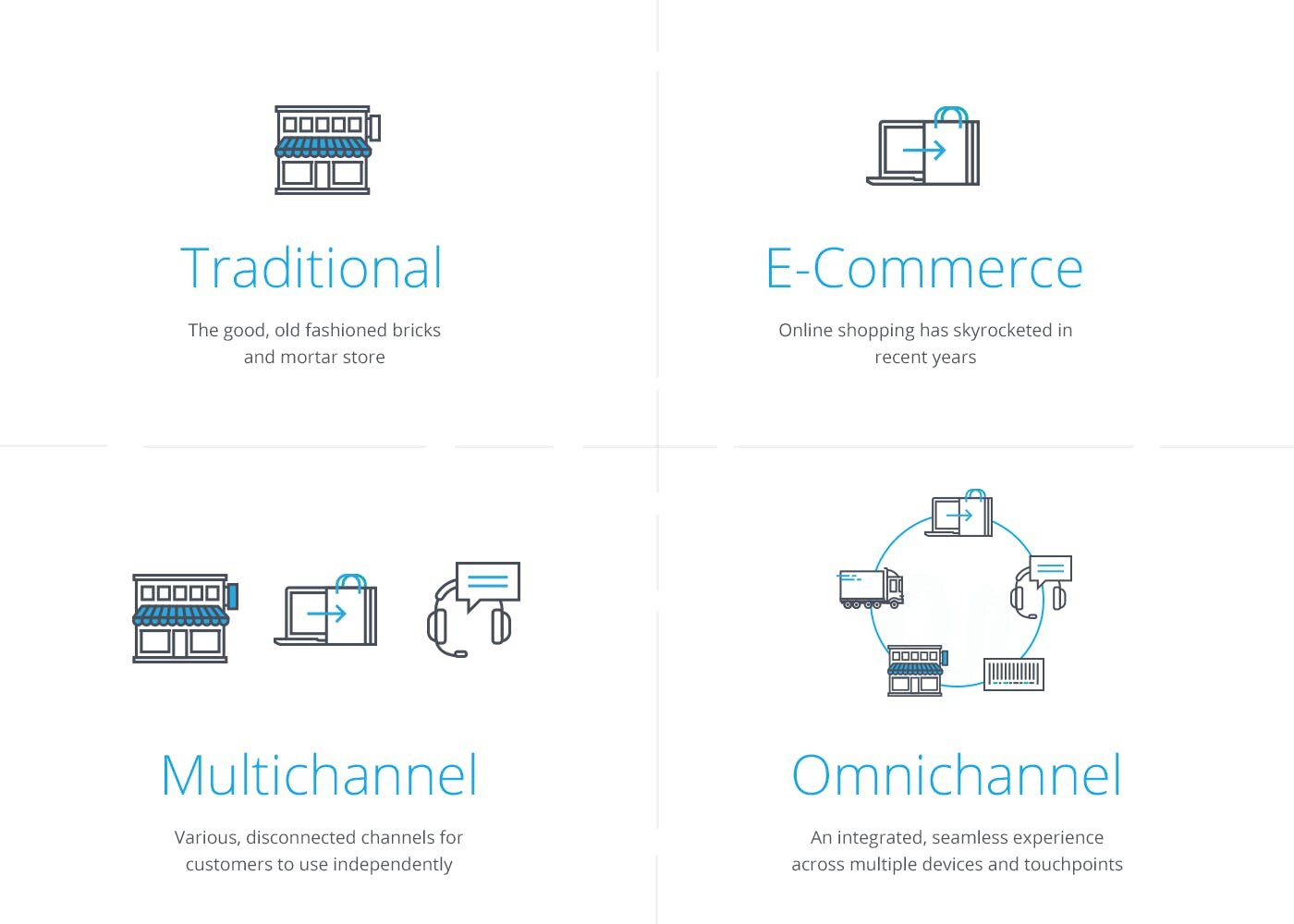Today's consumers are smart, savvy, and time-starved, and they want their needs delivered in an instant.
Whether at a desk, on a bus or in a bank line, people like to access the internet for a variety of reasons; whether to shop, book flights, check in with friends, or just search for information. These various online functions all have one thing in common: the quality of an individual's online experience makes a huge impact.
A critical part of that experience is the ease with which a consumer can find, access, review or buy products and services. For businesses wanting to attract and convert that interest into revenue, user experience (UX) is crucial to their success and, in many cases, survival.
When it comes to developing and executing modern digital marketing strategies, UX is often overlooked. In fact, only 55% of brands are currently in the process of user experience testing—which is incredible when you consider that 74% of people will return to a website if its UX is optimised for mobile.
The ideal online customer journey is a user-friendly website that combines seamless navigation; a clean-cut purchasing journey; dynamic and digestible content; top notch customer support, and mobile device compatibility. By combining these elements, a business can create a digital environment that can make a brand stand out from the pack. So, why do organisations so often neglect UX when it comes to engaging with customers?
User Experience in a Mobile World
The rise in smartphone usage has changed the way people view, buy, and connect online. With a 504% growth in media consumption since 2011, the desktop is becoming the less-preferred touchpoint for an increasing number of digital users.
Mobile is so ingrained into the psyche of today’s consumer that mobile users are significantly more likely to abandon a website if it isn’t correctly optimised for their phone—and if you’re running a business, this could mean a major loss in conversions, or even damage your brand’s reputation.
That said, what’s alarming is that 52% of users said a bad mobile experience made them less likely to engage with a company—and with 60% of searches now performed on mobile devices, UX is a fact that simply should not be ignored.
Although mobile is a dominant force in today's world, it doesn't mean that desktop is no longer relevant. The majority of e-commerce transactions still take place on the PC, and as such, a balanced multi-platform strategy is essential to a successful buyer’s journey. Despite this, many marketers and brands still treat the desktop as their main area of focus, which is out of sync with today's consumer behaviour.
User Experience is More Than Just Usability
While many marketers shrug off user experience as an industry buzzword, this is not the case. In fact, the most successful marketers in the industry will tell you that user experience is the key to facilitating conversions and helping you to become that glistening needle in a giant (and vastly oversubscribed) digital haystack.
According to American professor and statistician Edward Tufte, “Confusion and clutter are the failure of design, not the attributes of information.” This rings true to UX as a whole, and when you’re trying to stand out from the crowd online, one of the best ways to do so is by being clear, concise, and accessible to your target audience. No compromises.
While usability is an essential component of the user experience, it is only one piece of the overall pie as it focuses on things at surface level, while UX digs deeper into whether an individual page or piece of content will satisfy the specific needs of a user. As an entity, user experience determines how a brand speaks to its customers and delivers the message it is trying to convey, effectively.
Content is Vital to User Experience
One of the best ways to convey a message to your audience is by publishing content that is engaging, while offering direct value. In fact, according to Quick Sprout, 82% of people enjoy reading relevant content from company blogs.
Well-crafted digital copy that is optimised for search engines is a key ingredient to a good user experience. Not only will this help your web page to rank well for relevant search terms on Google, but SEO-friendly copy will also give the consumer an informative answer to a question or query in an instant. This approach will ultimately result in conversions rather than website abandonment.
While it may seem obvious for online businesses to provide search optimised, engaging and consumer-focused content, it is often overlooked —don’t make the same mistake.
Where UX Fits into the Five Tiers of Content Marketing
A successful content strategy that yields incredible results is always best planned from the ground up. There are five levels to a successful content marketing model, which are:
1. SEO: This is essential because if your site isn't optimised for search engines, your target customers will never find you in the first place.
2. User experience: This is where UX fits into the mix. By now, you are most likely aware of its importance, but let's put it into perspective. According to a pivotal 2015 study by Adobe, when given 15 minutes to consume content, two-thirds of people would rather read something beautifully designed than something plain. And, that’s just one piece of the overall UX puzzle.
3. Content strategy: The blueprint of your commercial direction as once your site is SEO optimised and your UX is tip top, you can use metrics such as visitor numbers and bounce rate to craft your content to meet the needs of your target audience, and start achieving the results you desire.
4. Content creation: With a strategy in place, it's time to start the fun part—creating content. So, refresh existing content, create new blog articles, and make sure each piece is formatted for digital consumption.
5. Content distribution: Once you have created the best dynamic content, it's time to start getting it noticed. Share it with the right people using your various social channels and any other glistening connections you may have.
As user experience is the second step in a robust content strategy, it has to be done right. Otherwise, the whole strategy will come toppling down before it's even taken off.
Apple's User Experience Makeover
Taking note of just how crowded the smartphone and mobile device market has become, Apple made a pledge to enhance its user experience. In a drive to create a seamless experience across all of its platforms and grow their business after a growth reduction in 2016, the software juggernaut began tying up threads and pulling its platforms even closer together.
Not only did Apple improve its already successful portable desktop—the now ubiquitous iCloud—it also opened up its digital assistant, Siri, to third party developers.
Also, the brand’s latest software offering, iOS 14 (its biggest update yet), has completely reimagined the smartphone user experience with highly-customisable home screen functionality as well as interactive app widgets, and autonomous organisational features. A testament to Apple’s unwavering commitment to UX and a huge driver of its continued success.
It's plain to see from Apple's forward thinking just how crucial user experience is to today's consumer. Without constant improvements to the way companies interact with customers, any brand will fall by the wayside in this fast-changing climate.
The Rise of Visual Search
Once a dim star on the horizon, visual search is becoming an integral part of the user experience. For example, augmented reality style app Blippar is taking user experience to a whole new level with its intuitive style of brand interaction, which it plans to get people to use it for visual search, rather than searching through Google—and it seems a likely target too.
According to Clark Boyd, who has recorded a webinar with DMI on visual search, 62% of Millennials are looking for visual search over any other eCommerce technology, and 34% of Google searches already return image results. Marketers need to catch up to the capabilities of the technology and latest needs of consumers. The fact is that humans are intuitive creatures, and it seems that visual search will cater to our ever growing need for instant gratification in a world that gets busier by the day.
UX is not an optional luxury for competitive businesses. To give user experience the attention it deserves, time, money, and resources must be invested, which also means acquiring the skills required to ensure success.
Hungry to learn what else matters in the internet marketing industry in Hong Kong?? Learn more about how to better your digital marketing strategies by joining our globally recognised certificate course today - taught by the industry experts!
Source: Digital Marketing Institute











